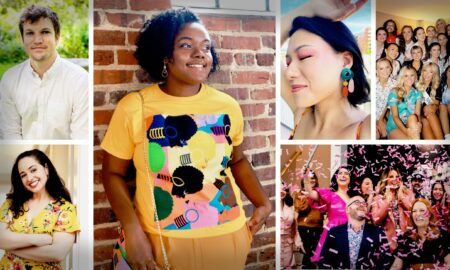

Today we’d like to introduce you to Huiyin Zhou
Hi huiyin, thanks for joining us today. We’d love for you to start by introducing yourself.
I am huiyin zhou 徽音, a community-based photographer, writer, organizer and cultural producer currently based in the unceded land of Eno, Tuscarora and Occaneechi peoples in what is colonially known as Durham, North Carolina and sometimes in Lenapehoking / New York City.
Born in Dongguan, Guangdong, I grew up being surrounded by a community of migrant worker poets 打工诗人 — people who dedicate their words to witnessing the rapid changes in this “world factory.” I am forever thankful for them, for showing me how art and literature are critical sites of resistance and world building.
I started my creative career as a nonfiction writer. From 2017-2018, I lived in Finland for a year as an exchange student and published my first nonfiction essay collection in Chinese on my encounters there. Those early experiences of racialization and discrimination in Europe, as difficult as they were for a sixteen-year-old, were foundational to my interest in social justice and anti-racism work. I am a completely different person now, and a lot of those early reflections on cross-cultural experiences — some with sprinkles of nationalism — no longer resonate. While I’ve since had a complicated relationship to this body of work, I am grateful for having an archive of my nascent creative life. I’ve since come to recognize that once the work is out there, it takes on a life of its own no matter how much I still identify with it. It’s been heartwarming to see how the book has continued to inspire Chinese children and teenagers to experience the world with their own perspectives.
The ongoing COVID-19 pandemic drastically radicalized my politics and connected me with other internationalist Chinese queer/feminists both in China and abroad. I was involved in various on the ground mutual aid projects and also served as an editor for unCoVer initiative 疫中人, a multilingual platform uplifting diverse stories about people in China and the Chinese diaspora. After moving to Durham initially for college in 2021, I also began participating in Asian/American student organizing. My double marginalized position as an international student in the U.S. and as a queer feminist in China pushed me to be critical of all empires and power structures, instead of settling for convenient “whataboutism” that refuses to see how violent regimes, and our struggles, are all interconnected.
However, for years, I had been stuck in the cycles of hyperactivity and burnout. I hardly had time for rest, not to mention making time for the creative work that used to bring me joy and solace. I realized that the ways in which I organized were hard on my body and mental health. My work was not building towards an infrastructure of care that could sustain me and my community. How can I better practice values of care and compassion for myself and others? How can I work towards the goals of collective liberation in ways that are co-creative instead of self-destructive?
Re-dedicating myself to art making and cultural change has been life changing. I benefited from honest conversations with BIPOC queer/feminist elders and peers, who helped reorient me to approaches that feel most aligned with my capacities and interests: cultural organizing and queer feminist collective practice.
I stumbled upon photography in 2022, using a disposable film camera my friend Lauren forgot at my apartment after a Chinese organizer potluck. Since then, I’ve documented queer feminist community spaces and explored new modes of image making, performance, and installation. Recently I’ve found my way back to writing creatively in Chinese, even publishing my first set of poems at 大河 literary journal. Now, I work as a photographer, writer, multimedia artist and community organizer focusing on kinship building, memory rituals, and healing. I have found lots of similarities between my Southern Chinese roots and the vibrant, diverse cultural life in Durham – where I now also call home.
I’m sure it wasn’t obstacle-free, but would you say the journey has been fairly smooth so far?
As a Chinese artist living, working, and organizing primarily in what is colonially known as the U.S., life has been full of compromises and paradoxes. Since a lot of my work deals with social justice issues, I have had to navigate balancing safety needs with the integrity of radical politics so crucial to my work and my life. Now, as I am navigating visa transitions, I am confronted with the moral dilemma of proving the value of my labor to the American empire – in order to have a more stable condition for the radical work I want to do both here and transnationally.
While there are many BIPOC creatives who are relentlessly pushing disciplinary and industry boundaries, there is still a systemic lack of support for artists and organizers who focus on relational organizing and deep community engagement through art. We are often pitted against each other in competitions for limited grant and exhibition opportunities, perpetuating a capitalistic scarcity mindset that is not conducive to resource sharing and collaboration.
My experiences in these complex conditions have fueled my desire to witness, create, and dream beyond what is immediately possible. The difficult decisions I need to make every day have all helped me reflect on the state of the world and our place in it and sharpen my creative sensibilities. I also surround myself with other Sinophone and BIPOC creatives and activists who are open to having sincere and vulnerable conversations, which help me reground myself in pursuits of hope and aliveness time and time again.
Can you tell our readers more about what you do and what you think sets you apart from others?
I work with text, digital and analog photography, installation, and performance. Trained in cultural anthropology, ethnic studies, and documentary studies, I explore the radical politics of everyday life and collective building of queer/feminist community archives. Always carrying multiple cameras, I am known for my love for polaroids, my ability to capture fleeting moments of joy and intimacy, and incorporating tender image making in community building. I love asking people to sign and doodle on polaroids and often incorporate handwriting in my photography. I often contribute my photography to community gatherings and protests, and sometimes help other artists document their work as well. My photos have been exhibited at Durham Art Guild, BRIC, Old Stone House, Block Gallery, Duke’s Center for Documentary Studies and Pittsburgh’s Three River Arts Festival.
As a 2024-25 artist in residence at Durham Art Guild, I have been working on a new body of work entitled “nostalgia is the ghost of care,” which will culminate in a solo exhibition and a series of public programming at the Golden Belt Gallery from March 4-29, 2025. Reframing nostalgia as future-oriented, this exhibition will feature images from my daily encounters with other BIPOC queer feminists, with a majority of work produced here in the Triangle NC area. Weaving photo prints, polaroids, handwriting, and other ephemera, I explore photo archiving as an active form of grief and care work. I hope this show can create a memory sanctuary amidst the hauntings of loss, erasure, and structural violence.
I am proud of my contribution to building collaborative practice and community-based storytelling for cultural and ultimately structural change. In 2022, I co-founded the Chinese Artists and Organizers (CAO) Collective 离离草, a queer feminist art and activist group active across North America and East Asia. Our work is focused on creating art for empowerment and community healing with and for the Sinophone diaspora and other BIPOC communities, rooted in transnational queer feminist praxis of care. We often work with untraditional media in public spaces to reimagine abolitionist futures: we have punched sticky rice to release feminist rage; we have lived and built mourning rituals together in Joshua Tree National Park; and we regularly facilitate collective writing workshops on food, memory, and grief. Recently, we’ve also dedicated our work to solidarity building and contributing to mutual aid efforts. Our practice is constantly morphing and pivoting to community needs as they arise.
Currently, together with my friend and long-term collaborator Laura Dudu 嘟嘟, I co-direct CAO’s overall artistic/cultural production, community programming, public messaging, grant development, and publication. Within the past two and a half years, we have organized or participated in over 80 artist talks, workshops, performances, exhibitions in New York City, Pittsburgh, Durham, Raleigh, Los Angeles, Irvine, and beyond. In collaboration with other artists, we have also produced over five independent zines and art books. Our work has been featured in notable arts, literary, and academic publications, including Hyperallergic, The Amp, Massachusetts Review, Scholar & Feminist Online, positions: asia critique, and beyond. We also recently finished an installation project, The (Ruins of) Ciba Shrine 糍粑庙, on view at “to hold a we” exhibition at BRIC Brooklyn, to conclude our 2023-24 BRIClab Contemporary Art residency.
Back in April 2023, CAO Collective was invited to Durham for Y(e)arning Radical Friendship 传纸条: an artist talk, collective writing workshop, and installation at Duke University’s Center for Gender and Sexual Diversity, funded by several institutional partners. Since then, we’ve built sustained connections with Triangle communities through exhibitions at UPROOT: BIPOC Visions of the Food Systems, Durham Art Guild, and Raleigh’s Block Gallery.
I’m excited to deepen this connection with an upcoming exhibition bodies tender with grief on view from March 17-May 5, 2025 at Durham Arts Council’s Semans Gallery. I’ve been awarded a SEEK Raleigh Public Art grant to bring CAO’s signature Ciba Punch 女拳手打糍粑 (sticky rice punching) performance to Raleigh public parks in fall 2025. The more you punch, the stickier the rice gets – turning our grief, rage, and love for each other into sticky rice cake (Ciba) that nourish our community. I hope the sticky roots I continue to build across borders and oceans only grow stronger from here.
Are there any apps, books, podcasts, blogs or other resources you think our readers should check out?
My favorite podcasts are Politically Depressed (by Ayman Makarem) and 随机波动Stochastic Volatility. Recent books include Braiding Sweetgrass by Robin Wall Kimmerer and Pleasure Activism by adrienne maree brown. I have been re-reading poems from the migrant writer community in Dongguan to find a sense of grounding in this literary legacy. At the root of everything I do, it is the conversations with my friends, family, and community that always give me life.
Pricing:
- Writing consulting: $100-200/hour with sliding scale available
- Photography: $250 per hour of shooting with sliding scale available
- For custom commissions, curatorial projects, and collaboration inquiries, please contact the artist
Contact Info:
- Website: https://huiyinzhou.com
- Instagram: https://www.instagram.com/huiyin.zhou/
- Other: CAO Collective website: http://caocollective.com
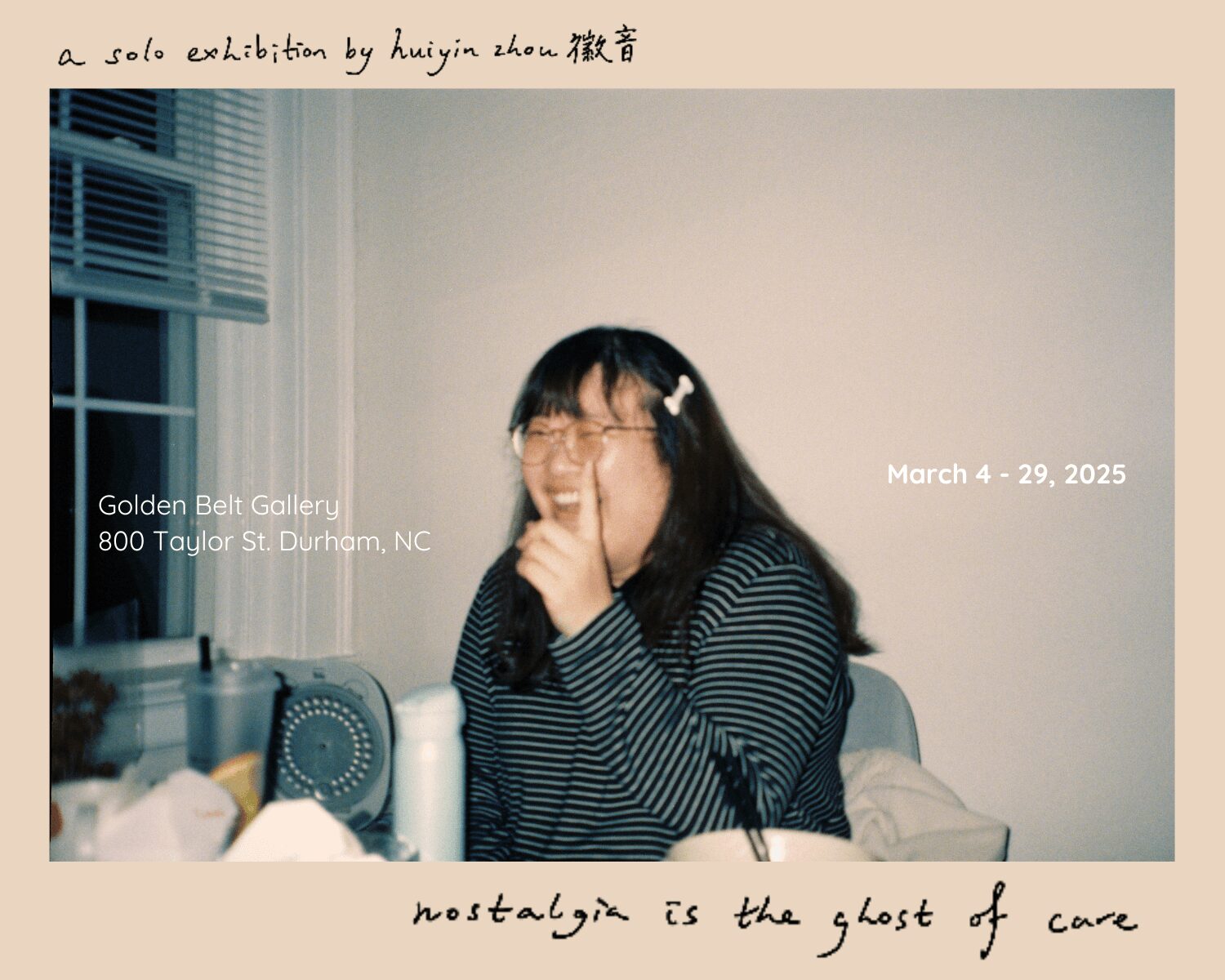
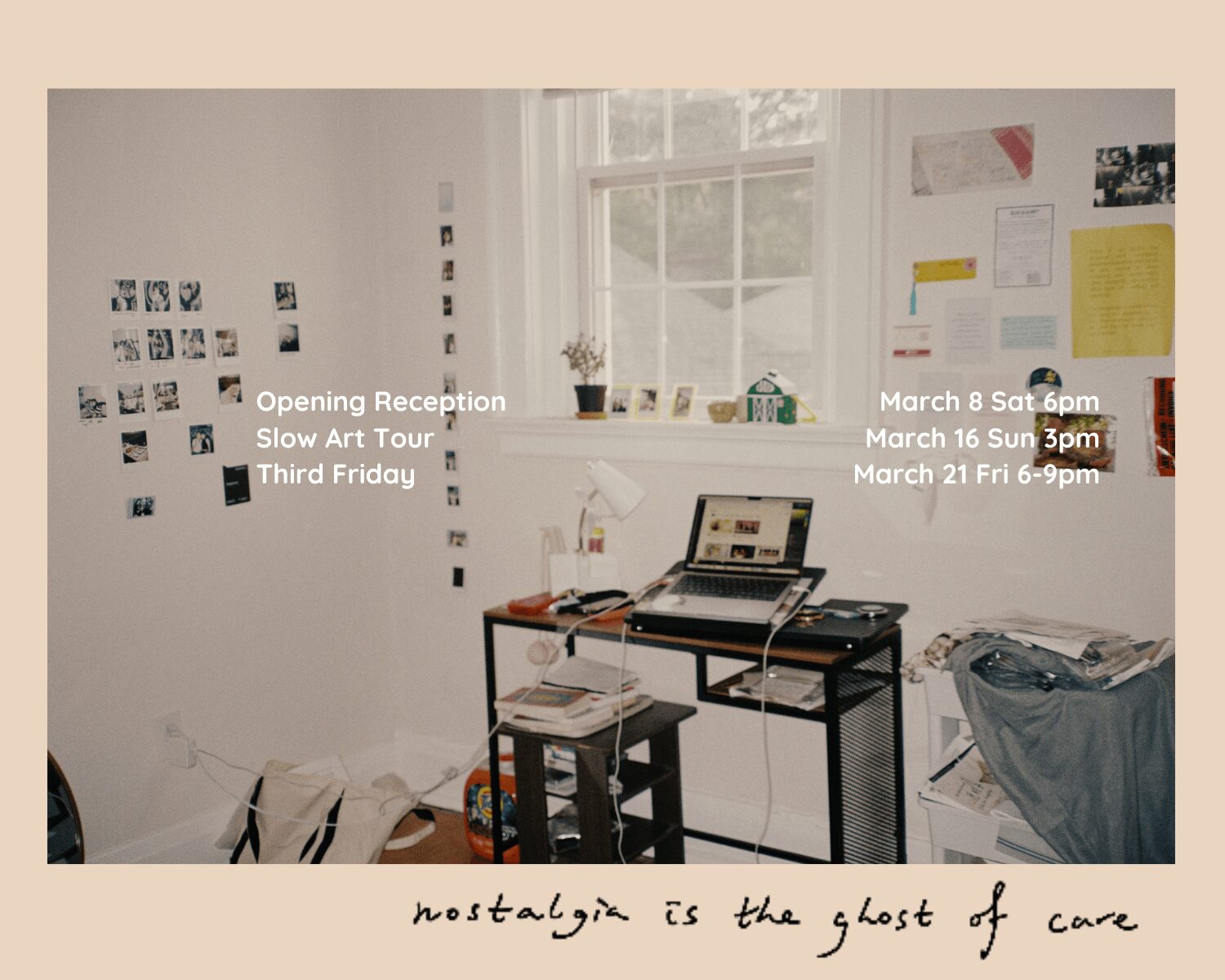
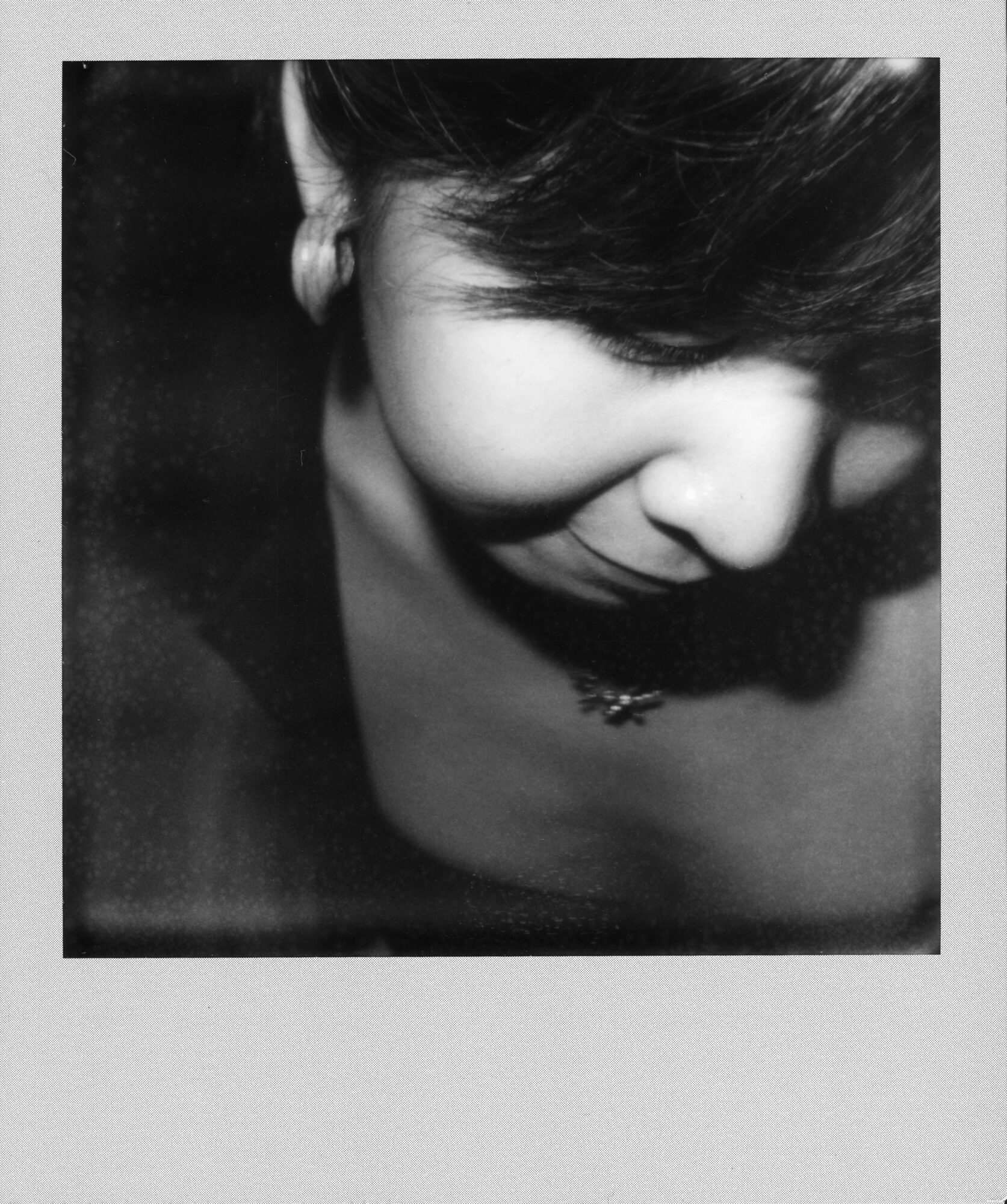
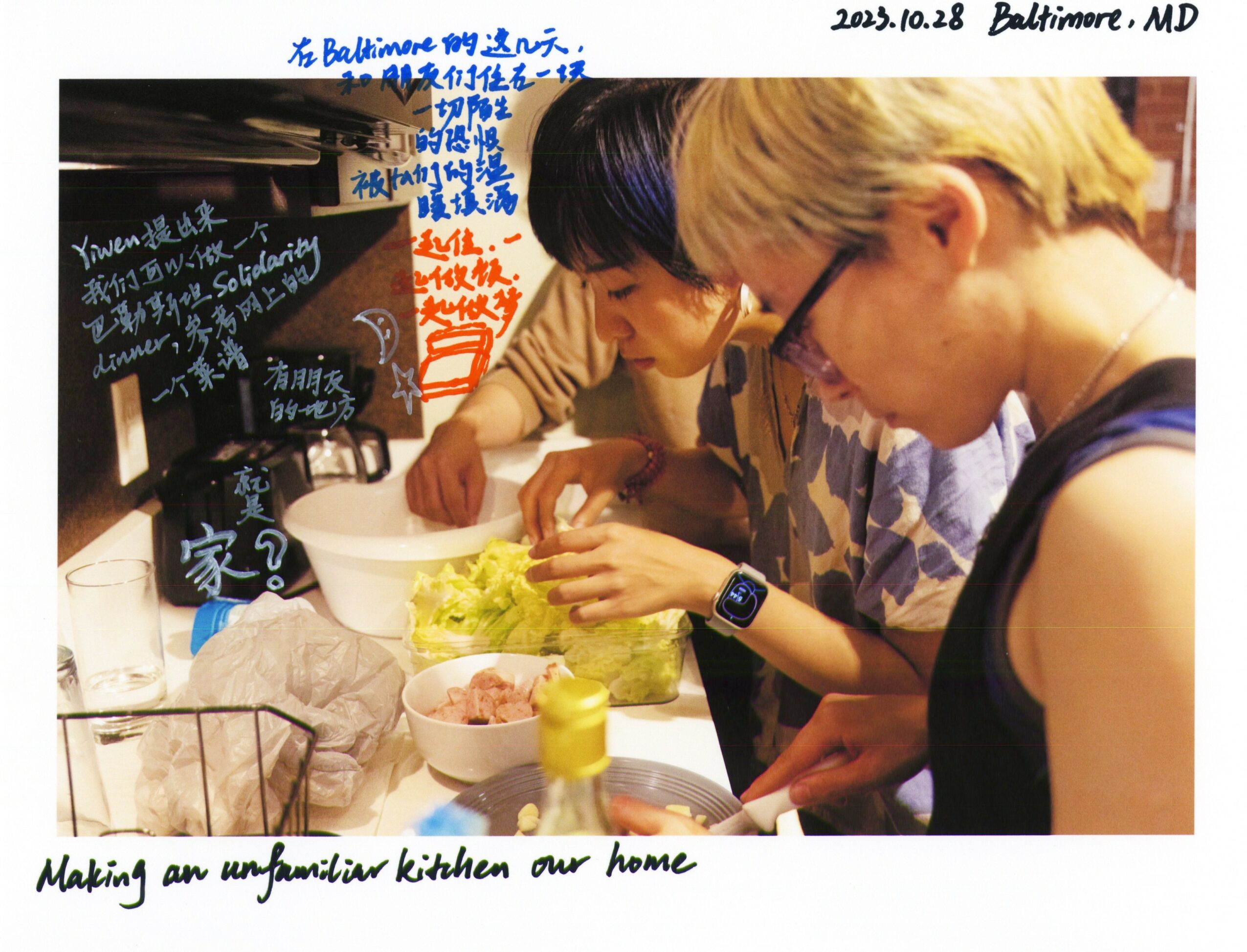


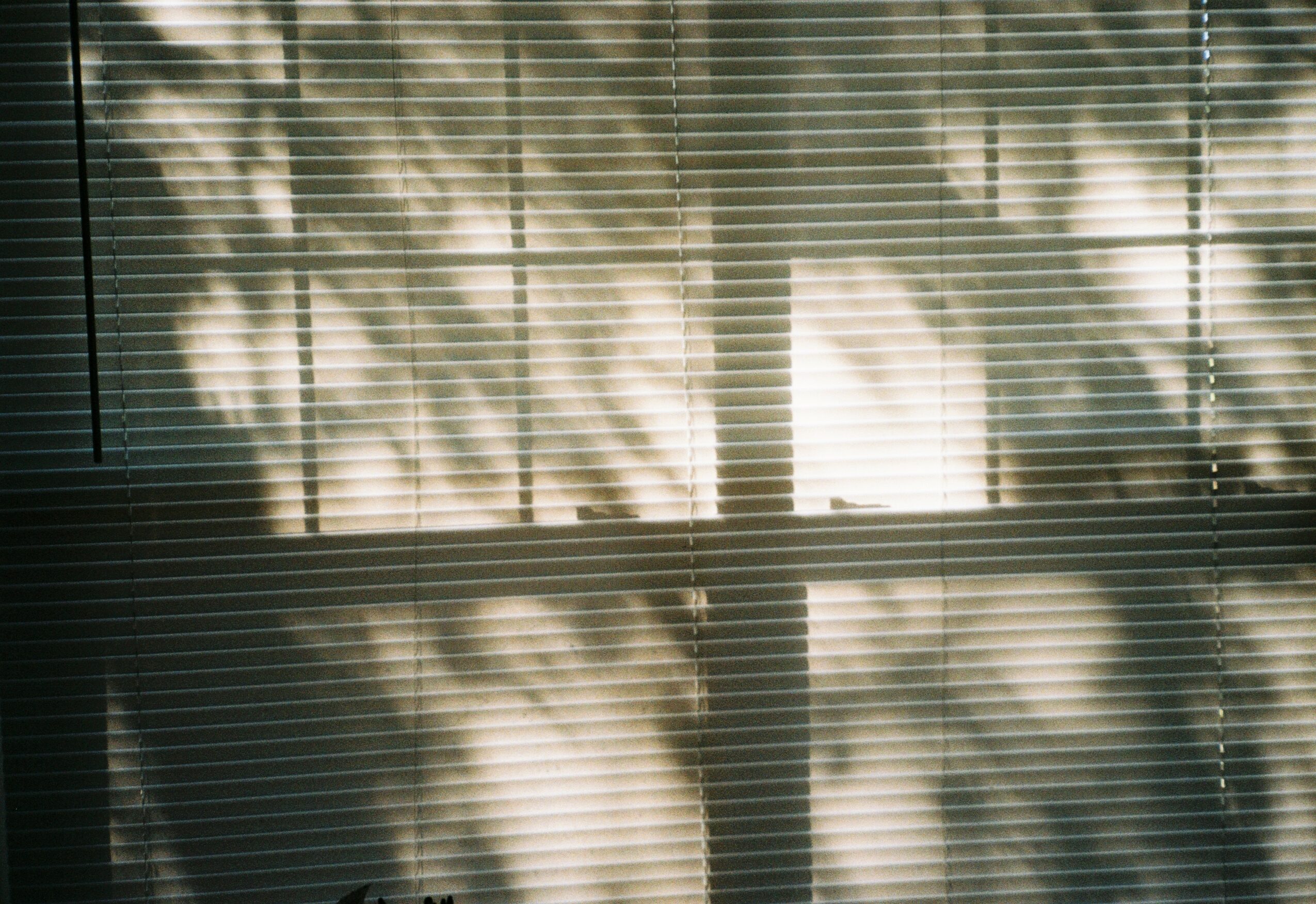
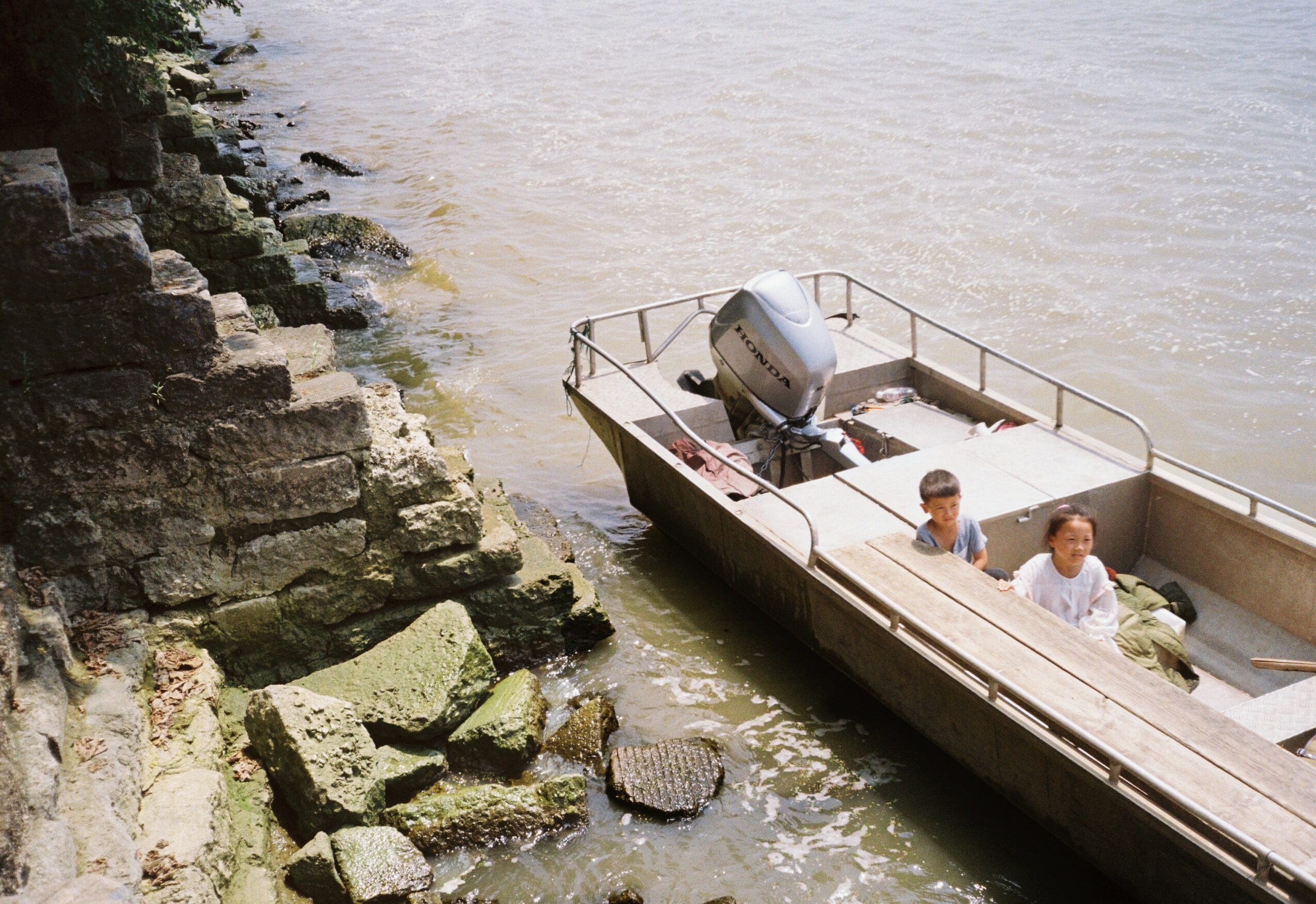
Image Credits
Headshot: huiyin zhou (co-leading artist for CAO Collective) at BRIClab Contemporary Art Studio 2023-24, photo by Toby Tenenbaum
Graphics for nostalgia is the ghost of care Solo Exhibition and related events at Durham Art Guild’s Golden Belt Gallery, designed by yanki k and huiyin zhou
Digital scan of original polaroid photo of Laura Dudu by huiyin zhou, Bangkok, Thailand, Dec 2024
“Making an unfamiliar kitchen our home,” from huiyin’s Intimate Encounters 一期一会 series, 2023
CAO Collective’s The (Ruins of) Ciba Shrine 糍粑庙 installation view at BRIC Brooklyn, photo by Sebastian Bach, 2024
CAO Collective’s Ciba Punch 女拳手打糍粑 at Queens Botanical Garden, photo by huiyin zhou, Sept 2024
“a tree’s heartbeat,” film photography from huiyin’s nostalgia is the ghost of care series, 2024
“unmoored (yiyi and liangliang at Mudun island shores)”, from huiyin’s huan xiang 幻象,幻想,还乡 illusion, imagination, impossibility, of home series, 2023

